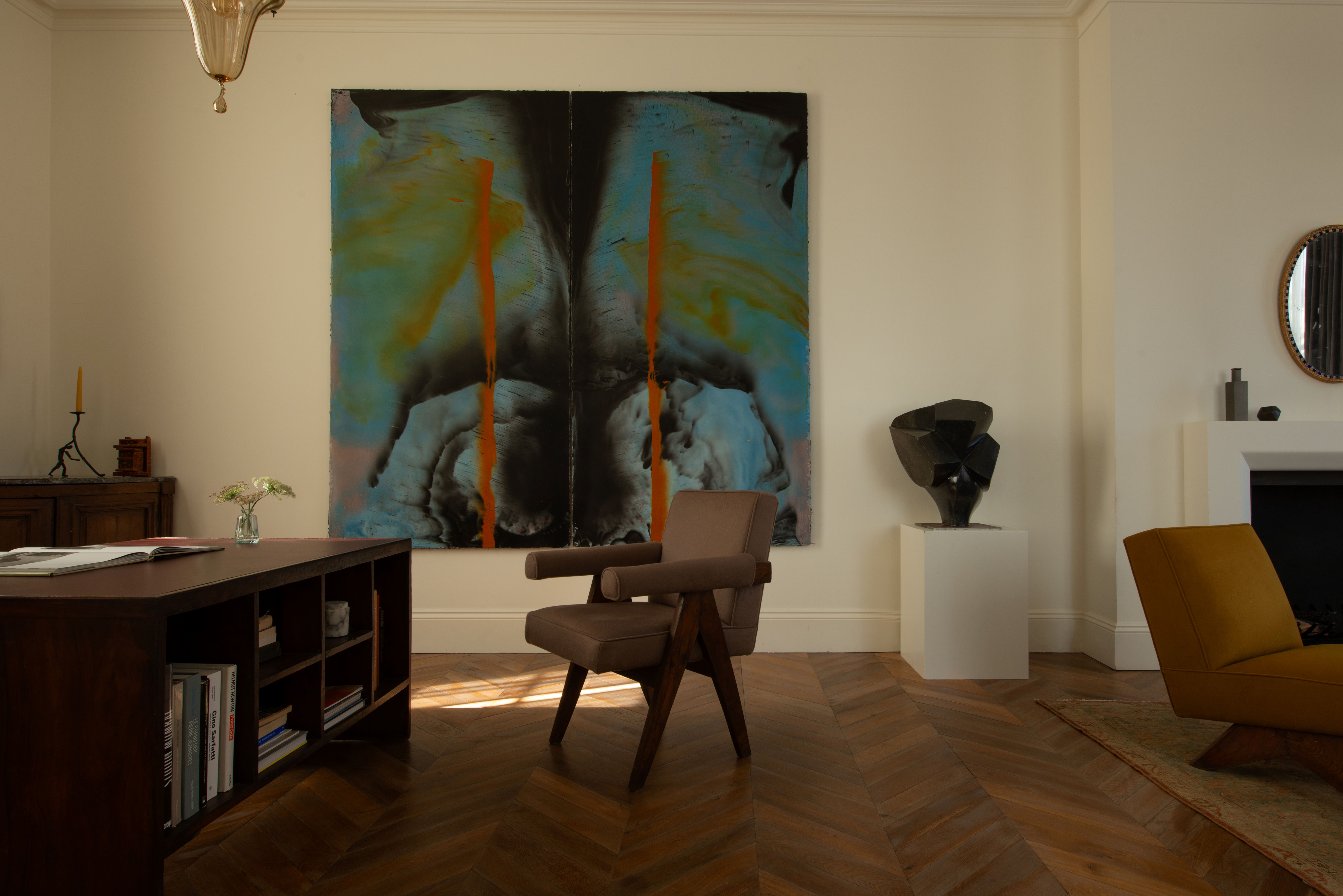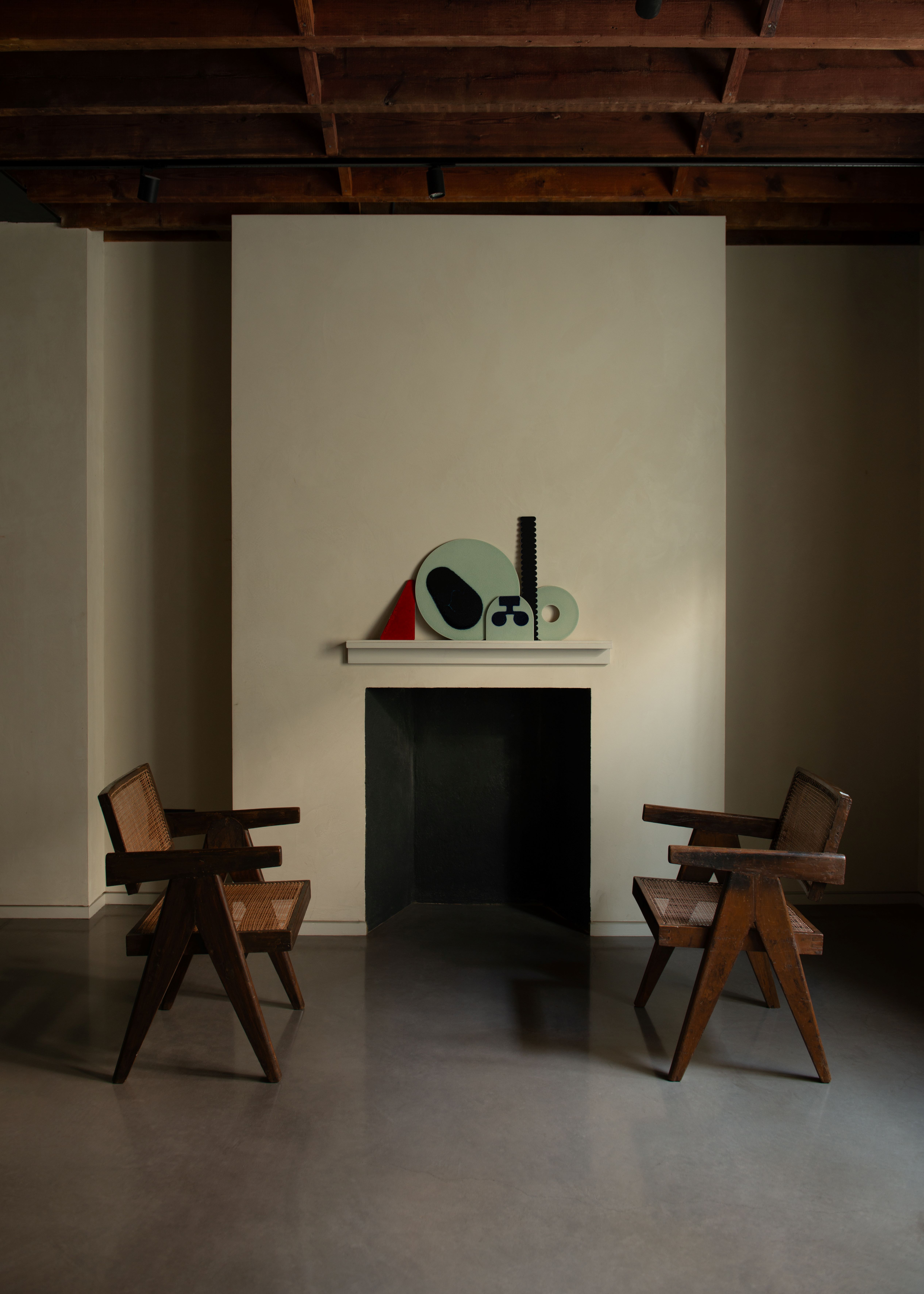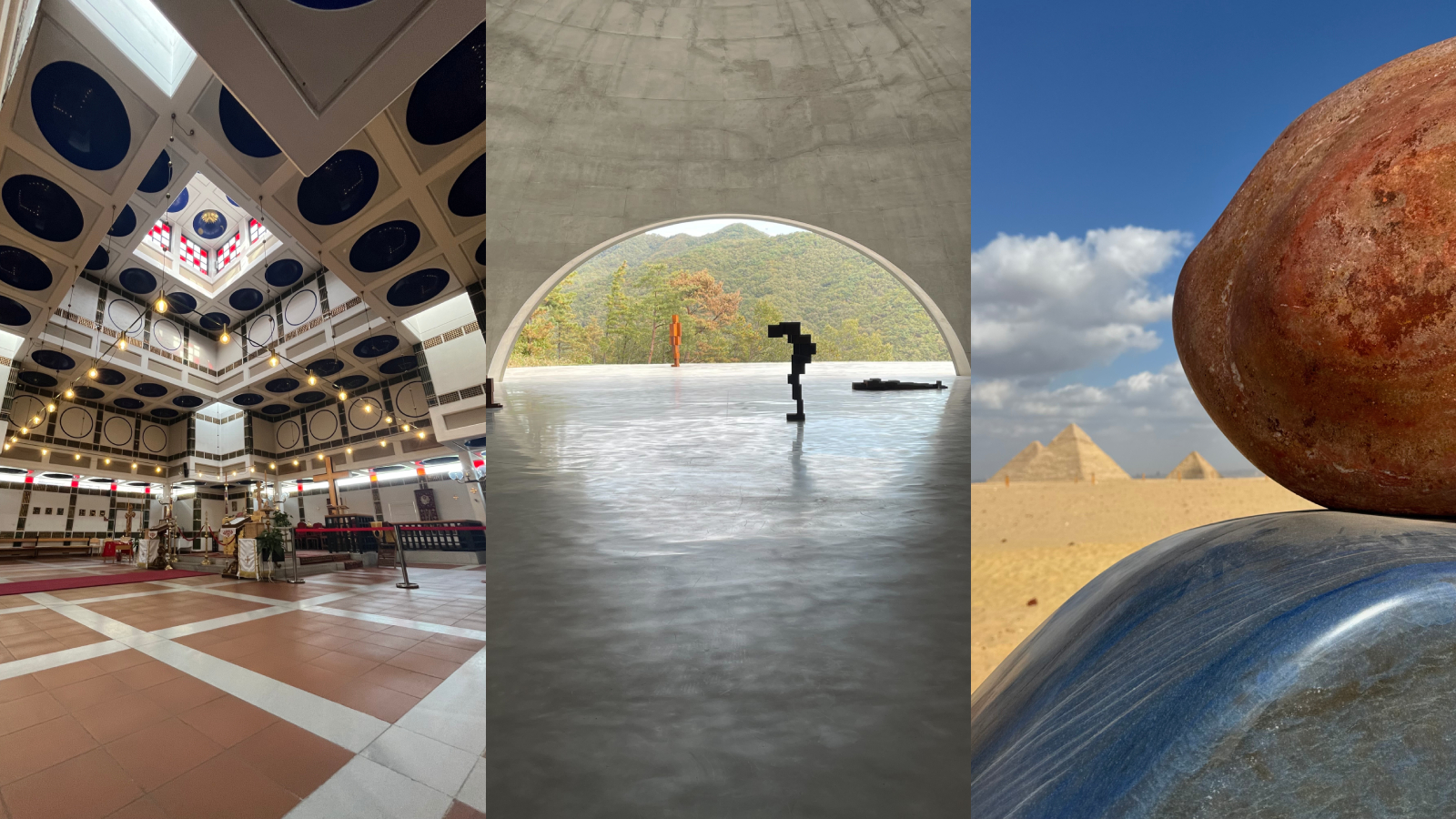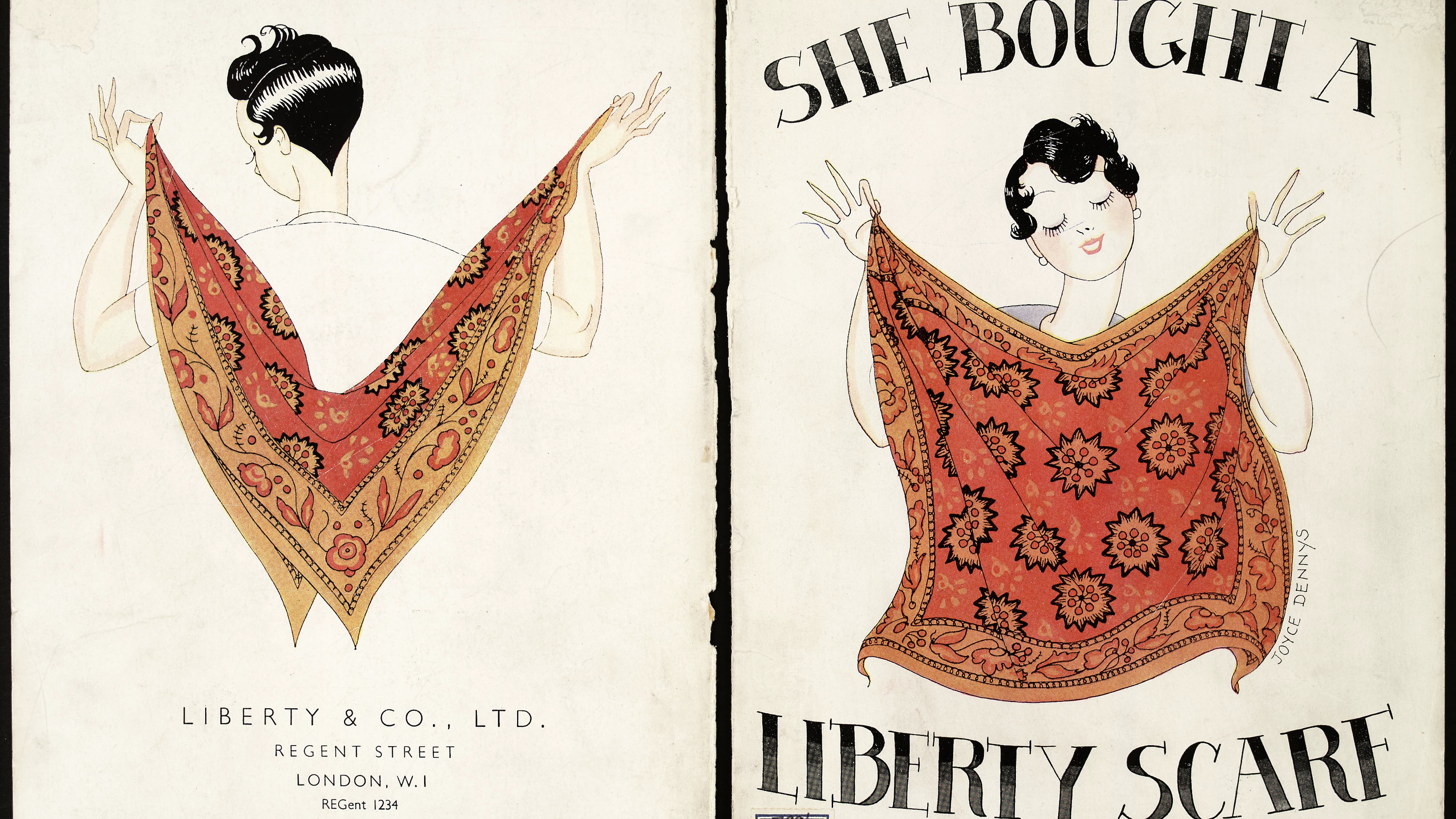Pierre Jeanneret’s Chandigarh furniture meets South Asian diasporic art in an unusual London exhibition
Rajan Bijlani opens a show combining Pierre Jeanneret furniture for the Indian city of Chandigarh with works for sale by six artists of South Asian origin – in his own London townhouse

Just a ten-minute amble from the utilitarian whirligig of the recent Frieze London 2024, we discovered an altogether more cordial art happening. Rajan Bijlani – who for the last two decades has amassed a collection of some 500 pieces of Pierre Jeanneret furniture from Chandigarh, the city formed in 1952 by India’s first prime minister Jawaharlal Nehru and masterminded by Le Corbusier – has opened a show, working with co-curators Truls Blaasmo and Michael Jefferson, which unites six artists of South Asian origin at his home, the historic London townhouse of Fonthill Pottery.
‘Syncretic Voices: Art & Design in the South Asian Diaspora’ in London

Artwork: Harminder Judge, Untitled (wrist over chair), plaster, polymer, pigment, scrim, oil236 x 228 x 4 cm, 2024. Furniture: Pierre Jeanneret, ‘Committee Chair’, 1955 High Court, in Chandigarh Teak & Loro Piana Interiors Cashmere - Dark Zen. Pierre Jeanneret, ‘Clerk Desk’, 1957 Secretariat, in Chandigarh Indian Sissoo Rosewood. Pierre Jeanneret, ‘High Court Chair’, 1956 High Court, in Chandigarh Teak & Loro Piana Interiors Cashmere Ginger
Working with Michael Jefferson, a former senior specialist in 20th-century design at Christie's, and independent curator Truls Blaasmo, Bijlani exhibits painting and sculpture for sale in a changing, lively, domestic space.
Ceramic artist Lubna Chowdhary’s emerald-green hand-glazed ceramic tile Marker 70 handsomely sits on the wall of the ground floor kitchen, framed upon first view by a curtain of pots and pans dangling from the ceiling. Rana Begum’s extra-terrestrial totem pole No. 1261 T Reflector in fluoro orange and red plastic is placed outside on a lower ground floor terrace lined by living walls.

Artwork: Rana Begum, No. 1260 B Reflector, reflectors on aluminium 56.6 x 144.8 x 31.7 cm 2023. Furniture: Pierre Jeanneret, ‘High Court Chair’, 1956 High Court, Chandigarh Teak & Loro Piana Interiors Cashmere Ginger. Pierre Jeanneret, ‘Easy Chair’, 1956 Punjab University, Chandigarh Teak. Pierre Jeanneret, ‘Butterfly Stool’, 1956 Punjab University, Chandigarh Teak. Le Corbusier & Pierre Jeanneret, ‘High Court Sofa’, 1955 High Court, Chandigarh Teak & Loro Piana Interiors Incas Alpaca and Wool - Cafe Noir
Here, things are layered with design. The patina of wear on top of Jeanneret’s teak dining table from 1960 is mirrored in the abstract forms found in nearby paintings by Tanya Ling and Soumya Netrabile. A crease down the middle of a butterfly stool appears in Vipeksha Gupta’s Untitled IV as a charcoal line slicing through pigment. Jefferson says: ‘When people live with their art, it’s totally different to how it is experienced within a white box or barren gallery. People come through and they linger. Sometimes you have to take a minute to interpret the art, but it feels settled. It allows you to consider it.’

Artwork: Lubna Chowdhary, Certain Times XLIX, ceramic, 48 x 76 cm, 2019. Furniture: Pierre Jeanneret, ‘Office Chair’, 1960 Secretariat, Chandigarh Teak
There is a risk that artworks outside of the protection of a white cube can too easily become reduced to objects of interior design. Props assessed only by their colour, shape and size. ‘I’ve noticed more and more that interior designers have a lot of power in deciding what art goes into a home,’ Bijlani says. ‘Yet while some art might work aesthetically, you might not want to live with it. There is a tension… should art be shown surrounded by blank space so you can really focus on it? Personally, I love the conversation that begins when everything gets together into one big thing.’
All of the pieces in Bijani’s furniture collection are embroidered with evidence of improvisational repair work, extra nails and hammered-in metal brackets.

Artwork: Soumya Netrabile, Walking in a Dream, oil on canvas
48” x 40” in or 121.9 x 101.6 cm, 2021. Furniture: Pierre Jeanneret, ‘Small Box Chair’, 1960, Chandigarh Teak. Pierre Jeanneret, Dining Table, 1960,
Chandigarh Teak
On the lower ground floor a unique square table from the Punjab University Cafeteria in Chandigarh c.1961 bears a proud diamond-shaped patch of aluminium. Its scratched surface thrums with the same lustre of polymer and pigment in Harminder Judge’s nearby painting, A ghost dance (a composition 2). ‘This is the great thing about furniture, it absorbs the life force that it’s had,’ Jefferson says. ‘There are a lot of people that haven't been inspired by that and say, “Clean this up. Let's sand it down!” and that is a mistake. You can't get this back; you’ll erase its story. It may not suit your taste, but Rajan is focused on early production with this rigorous line and robust patina because it's appealing. It’s about humanity. It’s a different way of looking at this stuff.’
Receive our daily digest of inspiration, escapism and design stories from around the world direct to your inbox.

Artwork: Lubna Chowdhary, Marker 70, hand-glazed ceramic tile, 43 x 41 cm, 2024. Furniture: Pierre Jeanneret, ‘Sekretariat Desk’, 1960, Chandigarh Teak. Pierre Jeanneret, ‘V Leg Chair’, 1958 Punjab University, Chandigarh Teak
All of the works in ‘Syncretic Voices’ were installed one month before the show opened to the public, last week (9 October 2024). In that time, Bijlani has noticed how they each change according to the time of day. Begums’s No. 1260 B Reflector is placed on the first floor in direct view of Bijlani’s desk: ‘Depending on the light it can sometimes feel like a UFO has dropped into my living room,’ he says.

Artwork: Tanya Ling, Sea, Oil on canvas 180x130cm 2024. Furniture: Pierre Jeanneret, ‘Kangarou Chair’, 1955 private home, Sector 5, Chandigarh
Teak
As a cohort, the artists share a focus on a meditative approach to making, yet their individual aims are broad. ‘I don't know if there is this universal theme of the works from a cultural point of view,’ Bijlani says. His own family had to leave Larkana (present-day Sindh in Pakistan) in 1947 to migrate to a newly formed India. He grew up in London. ‘Chandigarh was born because of partition. Nehru's principles and idea of this passing down of knowledge from Western architects to younger Indian architects like Charles Correa, Urmila Eulie Chowdhury, BV Doshi, etc, is why I wanted to show works made by artists from the South Asian diaspora. Through settling in places like the UK or the USA, their oeuvre adds to this conversation about movement, migration, attitude. We're all connected, regardless of where we're from.’
‘Syncretic Voices: Art & Design in the South Asian Diaspora’ runs until 1 November 2024, by appointment only, rajanbijlani.com
London based writer Dal Chodha is editor-in-chief of Archivist Addendum — a publishing project that explores the gap between fashion editorial and academe. He writes for various international titles and journals on fashion, art and culture and is a contributing editor at Wallpaper*. Chodha has been working in academic institutions for more than a decade and is Stage 1 Leader of the BA Fashion Communication and Promotion course at Central Saint Martins. In 2020 he published his first book SHOW NOTES, an original hybrid of journalism, poetry and provocation.
-
 Martell’s high-tech new cognac bottle design takes cues from Swiss watch-making and high-end electronics
Martell’s high-tech new cognac bottle design takes cues from Swiss watch-making and high-end electronicsUnconventional inspirations for a heritage cognac, perhaps, but Martell is looking to the future with its sharp-edged, feather-light, crystal-clear new design
-
 In 2025, fashion retail had a renaissance. Here’s our favourite store designs of the year
In 2025, fashion retail had a renaissance. Here’s our favourite store designs of the year2025 was the year that fashion stores ceased to be just about fashion. Through a series of meticulously designed – and innovative – boutiques, brands invited customers to immerse themselves in their aesthetic worlds. Here are some of the best
-
 The Wallpaper* team’s travel highlights of the year
The Wallpaper* team’s travel highlights of the yearA year of travel distilled. Discover the destinations that inspired our editors on and off assignment
-
 Lulu Harrison is the Ralph Saltzman Prize winner 2025
Lulu Harrison is the Ralph Saltzman Prize winner 2025The Design Museum, London, announces Lulu Harrison as winner of The Ralph Saltzman Prize for emerging designers, and will showcase her work from 24 June to 25 August 2025
-
 ‘Designers are far more than just producers of commercial goods’: Samuel Ross on the London Design Biennale
‘Designers are far more than just producers of commercial goods’: Samuel Ross on the London Design BiennaleThe artistic director of the major event and founder of A-COLD-WALL* discusses the role of a designer and the future of the sector in an exclusive interview
-
 London Craft Week 2025 highlights – what to see this weekend
London Craft Week 2025 highlights – what to see this weekendLondon Craft Week 2025 (until 18 May) brings together some 1,000 established and emerging makers. Here is everything we saw and loved so you don't miss a thing
-
 Erasers become architectural illusions at Gallery Fumi
Erasers become architectural illusions at Gallery FumiLondon duo Study O Portable unveil 'Rubber Rocks', trompe-l’œil furniture made from erasers, exploring themes of materiality, memory and architectural decay
-
 Liberty at 150: a history of the brand in 10 objects
Liberty at 150: a history of the brand in 10 objectsLiberty is marking its 150th anniversary; to celebrate, we remember products and prints that helped make the department store the cultural touchpoint it is today
-
 A first look inside the new Oxford Street Ikea. Spoiler: blue bags and meatballs are included
A first look inside the new Oxford Street Ikea. Spoiler: blue bags and meatballs are includedThe new Oxford Street Ikea opens tomorrow (1 May), giving Londoners access to the Swedish furniture brand right in the heart of the city
-
 What to see at London Craft Week 2025
What to see at London Craft Week 2025With London Craft Week just around the corner, Wallpaper* rounds up the must-see moments from this year’s programme
-
 Nature sets the pace for Alex Monroe’s first sculpture exhibition
Nature sets the pace for Alex Monroe’s first sculpture exhibitionThe British designer hops from jewellery to sculpture for his new exhibition at the Garden Museum, London. Here, he tells us why nature should be at the forefront of design